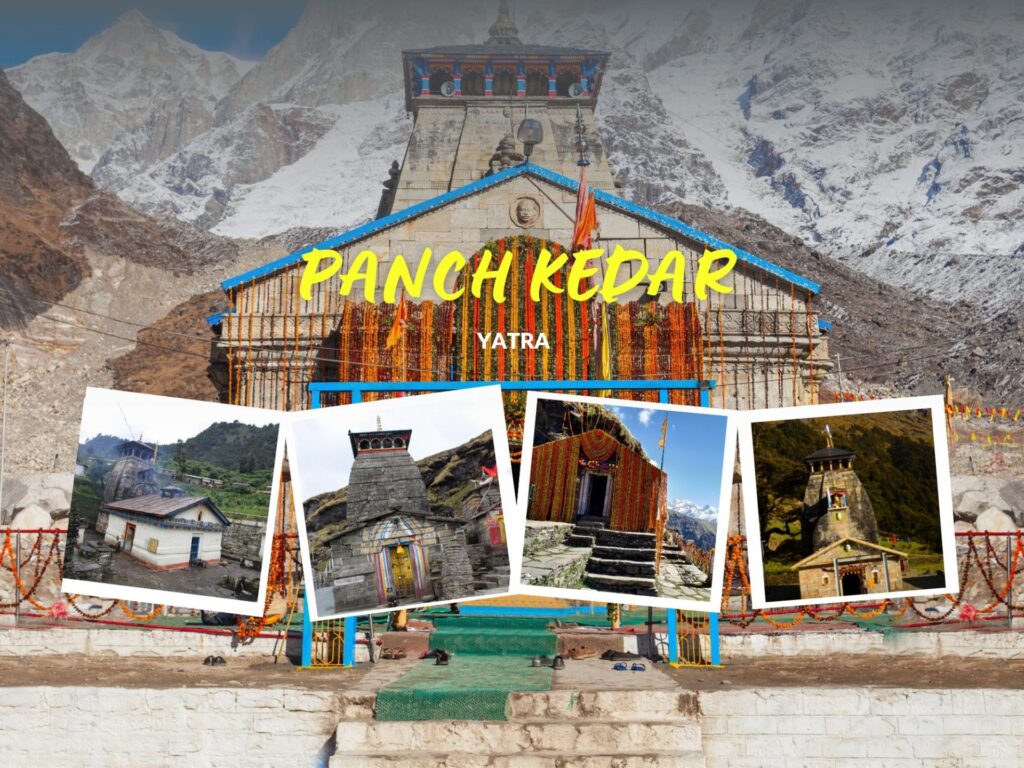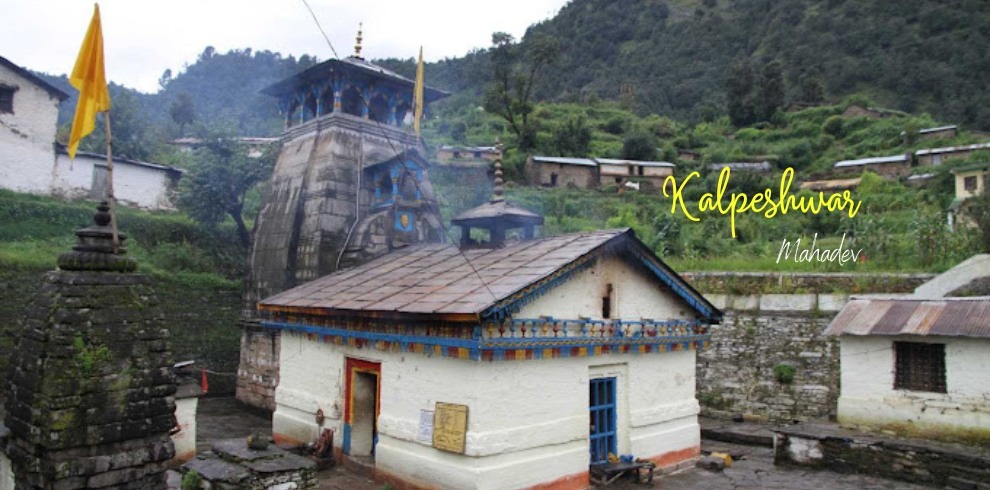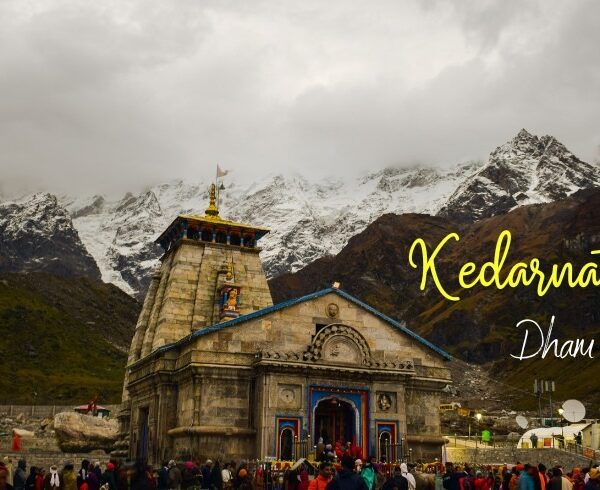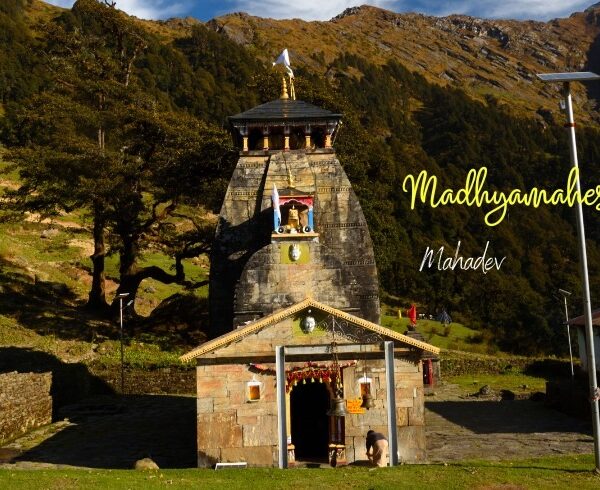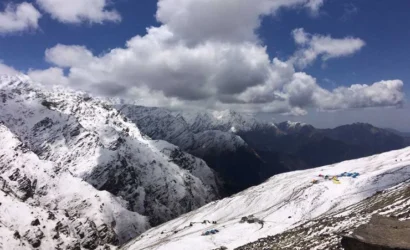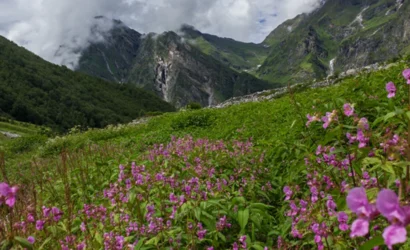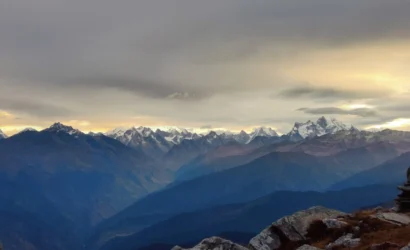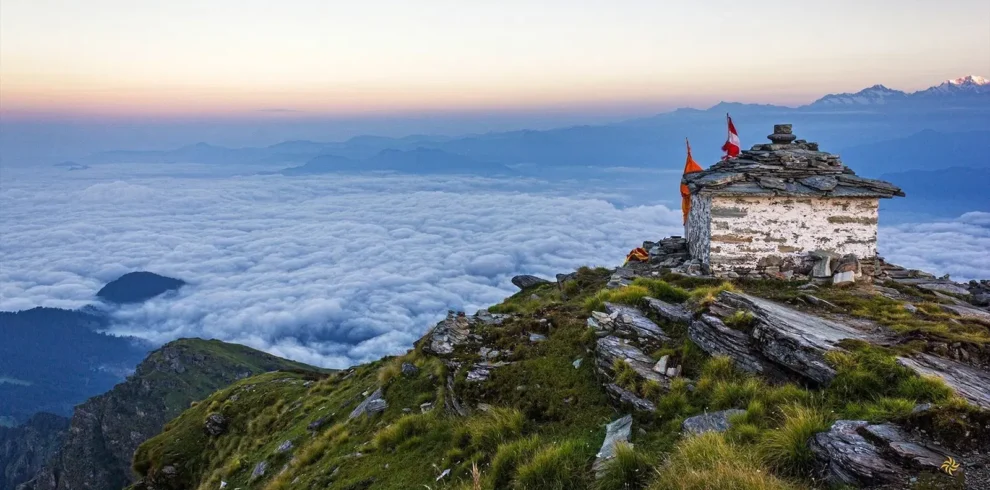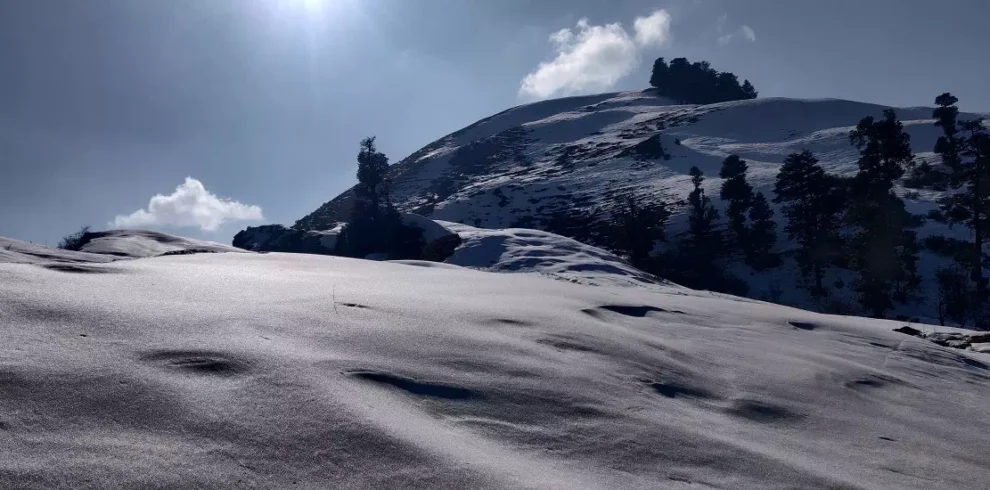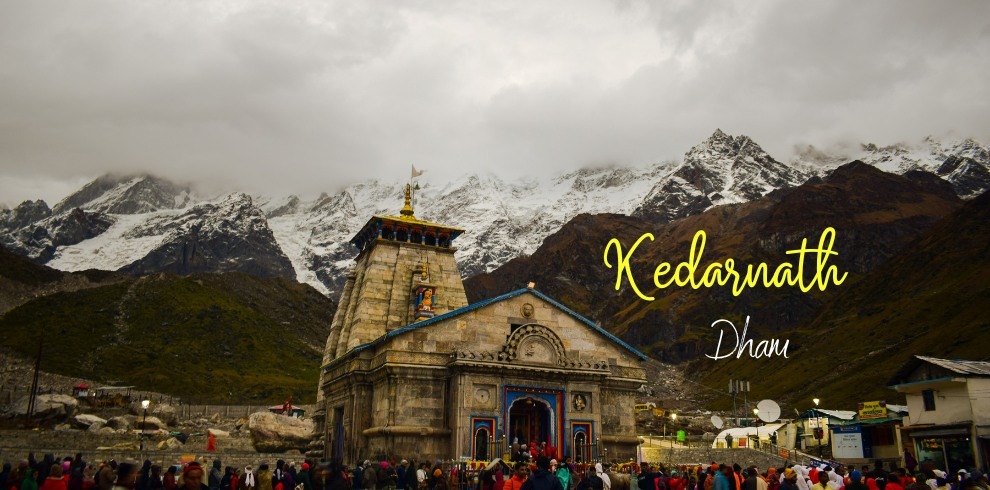In the divine land of Uttarakhand, five sacred temples dedicated to Lord Shiva are collectively known as Panch Kedar. Nestled in the enchanting Garhwal Himalayas, these temples are surrounded by lush green meadows, majestic mountains, snow-capped peaks, and serene landscapes that fill devotees with peace and devotion.
The five revered temples of Panch Kedar include Kedarnath, Tungnath, Rudranath, Madhyamaheshwar, and Kalpeshwar. Each temple carries deep spiritual significance and offers breathtaking natural beauty, making the yatra both a religious journey and an unforgettable Himalayan experience.
Unlike many shrines, the Panch Kedar temples cannot be reached directly by road. Pilgrims must trek through forests, valleys, and rugged mountain trails, each offering a unique adventure. The yatra usually takes 11 to 12 days to complete, with every step immersing you in divinity and Himalayan tranquility.
With Peace Himalayan, the Panch Kedar Yatra becomes more than just a pilgrimage—it transforms into a soulful journey where nature, spirituality, and adventure blend seamlessly.
Tungnath Mahadev
Perched at an altitude of 14,000 feet in the enchanting meadows of Chopta, Rudraprayag district, Tungnath Temple is revered as the highest Shiva temple in the world. According to ancient belief, the shrine was built by the Pandavas during the Mahabharata era. Seeking forgiveness for their sins after the war, the Pandavas performed penance here, and it is said that Lord Shiva revealed himself at Tungnath, after which the Pandavas erected this temple as a mark of devotion.
Over a thousand years old, the temple is not only a sacred spiritual site but also a breathtaking destination surrounded by lush alpine meadows and panoramic Himalayan views, making it one of the most serene and awe-inspiring spots in Uttarakhand.
Kedarnath Dham
Kedarnath Temple, one of the holiest shrines of Lord Shiva, stands majestically in the Rudraprayag district of Uttarakhand at an altitude of 3,562 meters. Counted among the Panch Kedar and one of the 12 Jyotirlingas of India, this ancient temple is believed to have been built by Maharaja Janmejaya, the grandson of the Pandavas, in the Katyuri style of architecture using massive stone slabs from natural rocks. Later, the temple was restored by Adi Guru Shankaracharya, whose samadhi lies just behind the shrine.
The sanctum of Kedarnath houses a naturally formed Swayambhu Shivling, worshipped as Lord Shiva himself. Each year, the temple doors open on Akshaya Tritiya or Maha Shivratri (as per Hindu Panchang, decided by the priests of Omkareshwar Temple, Ukhimath) and close on Bhai Dooj after Diwali. The shrine remains snowbound for most of the year, adding to its mystique and divine aura.
Rudranath Mahadev
Perched at 2,286 meters amidst alpine meadows and dense rhododendron forests, Rudranath Temple is one of the most spiritually intense sites of the Panch Kedar Yatra. Here, Lord Shiva is worshipped as Neelkanth Mahadev, and it is believed that the Pandavas witnessed the face of Shiva in the form of a bull at this very place.
The temple not only carries immense mythological importance but also offers awe-inspiring views of the mighty Nanda Devi, Nanda Ghunti, and Trishul peaks. Around the temple, sacred ponds like Surya Kund, Chandra Kund, Tara Kund, and Mana Kund enhance the spiritual ambiance.
The trek to Rudranath is considered the most challenging among the Panch Kedar shrines, covering nearly 20 km through rugged terrain. Treks usually begin from Gopeshwar in Chamoli district, testing both devotion and endurance.
Madhyamaheshwar Mahadev
At an altitude of 3,289 meters, the Madhyamaheshwar Temple marks the place where the navel (madhya bhag) of Lord Shiva appeared. Nestled in the picturesque valley of Goundar village near Ukhimath, the temple is surrounded by snow-clad peaks like Kedarnath, Chaukhamba, and Neelkanth, making the setting breathtakingly divine.
The trek to Madhyamaheshwar begins from Uniana, about 18 km from Ukhimath, and covers nearly 19 km. The trail passes through Bantri, where the Madhyamaheshwar Ganga meets the Markandeya Ganga, and gradually becomes more strenuous with steep climbs. Along the route, pilgrims may spot rare Himalayan wildlife such as the musk deer and Himalayan monal, and witness enchanting waterfalls and alpine forests.
Kalpeshwar Mahadev
Situated in the serene Urgam Valley of Chamoli at an altitude of 2,200 meters, Kalpeshwar Temple is unique as it is the only Panch Kedar shrine accessible throughout the year. According to legend, this is the site where the jata (hair) of Lord Shiva appeared, hence Shiva here is revered as Jatadhari or Jateshwar.
Surrounded by dense forests, terraced fields, and apple orchards, the journey to Kalpeshwar offers both peace and scenic charm. The trek to the temple is relatively easy compared to the other Panch Kedar shrines—just a 2 km trail from Urgam village. The route begins at Helang on the Rishikesh–Badrinath highway, and along the way, pilgrims are greeted by the confluence of the Alaknanda and Kalpganga rivers.
Overview
Panch Kedar – The Five Sacred Shrines of Lord Shiva
The word Panch means five, and Kedar is the local name for Lord Shiva in the Garhwal region of Uttarakhand. Together, Panch Kedar refers to the five revered temples of Lord Shiva nestled in the Garhwal Himalayas.
According to legend, these temples were established by the Pandavas, the heroes of the great Hindu epic Mahabharata, as an act of devotion and penance to seek blessings from Lord Shiva.
The five temples of the Panch Kedar, in traditional sequence, are:
-
Kedarnath Temple – 11,755 ft
-
Rudranath Temple – 11,677 ft
-
Tungnath Temple – 12,106 ft
-
Madhyamaheshwar Temple – 11,450 ft
-
Kalpeshwar Temple – 7,200 ft
Together, these shrines form one of the most spiritually significant pilgrimages in India, blending divine devotion with the serene beauty of the Himalayas.



